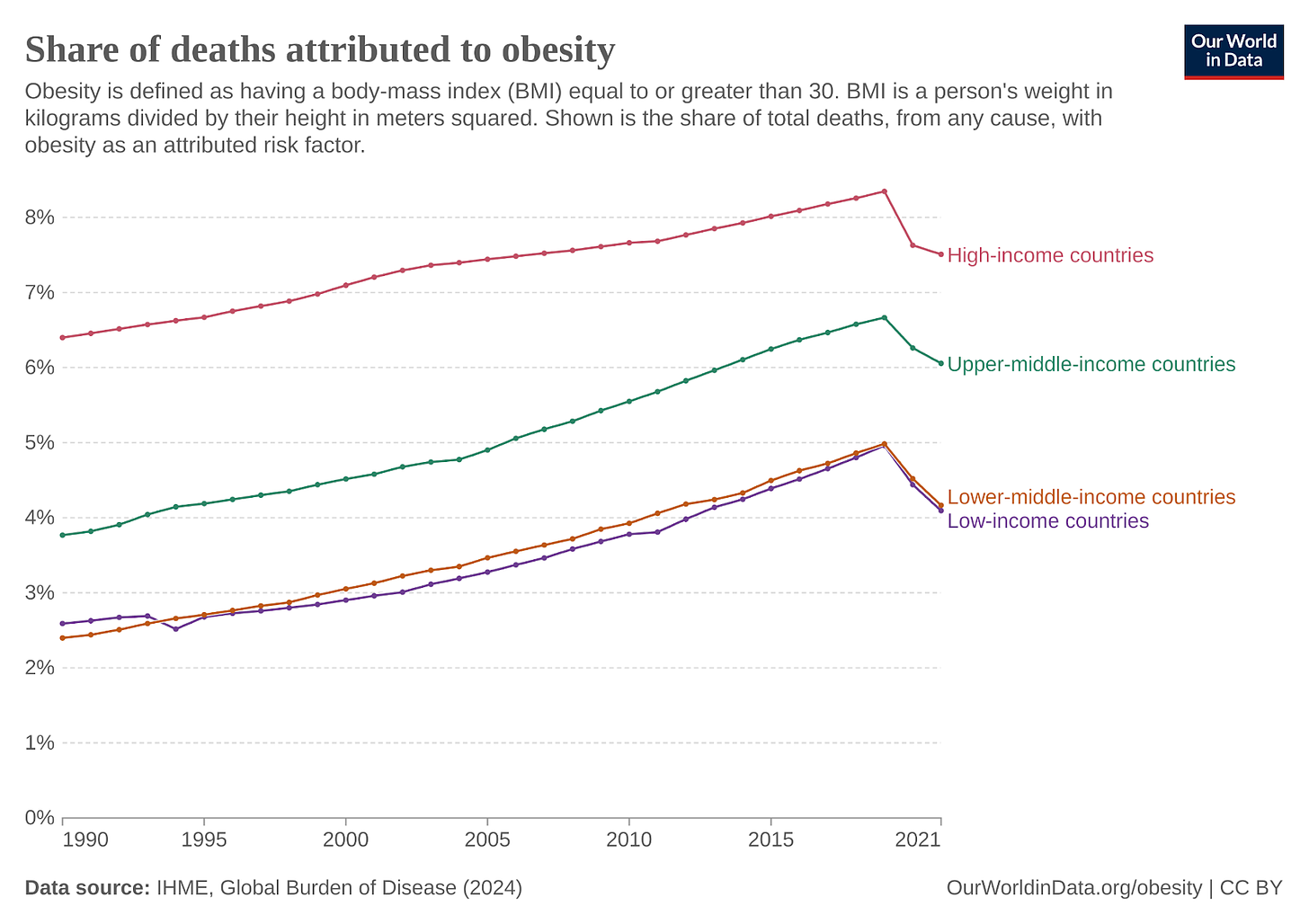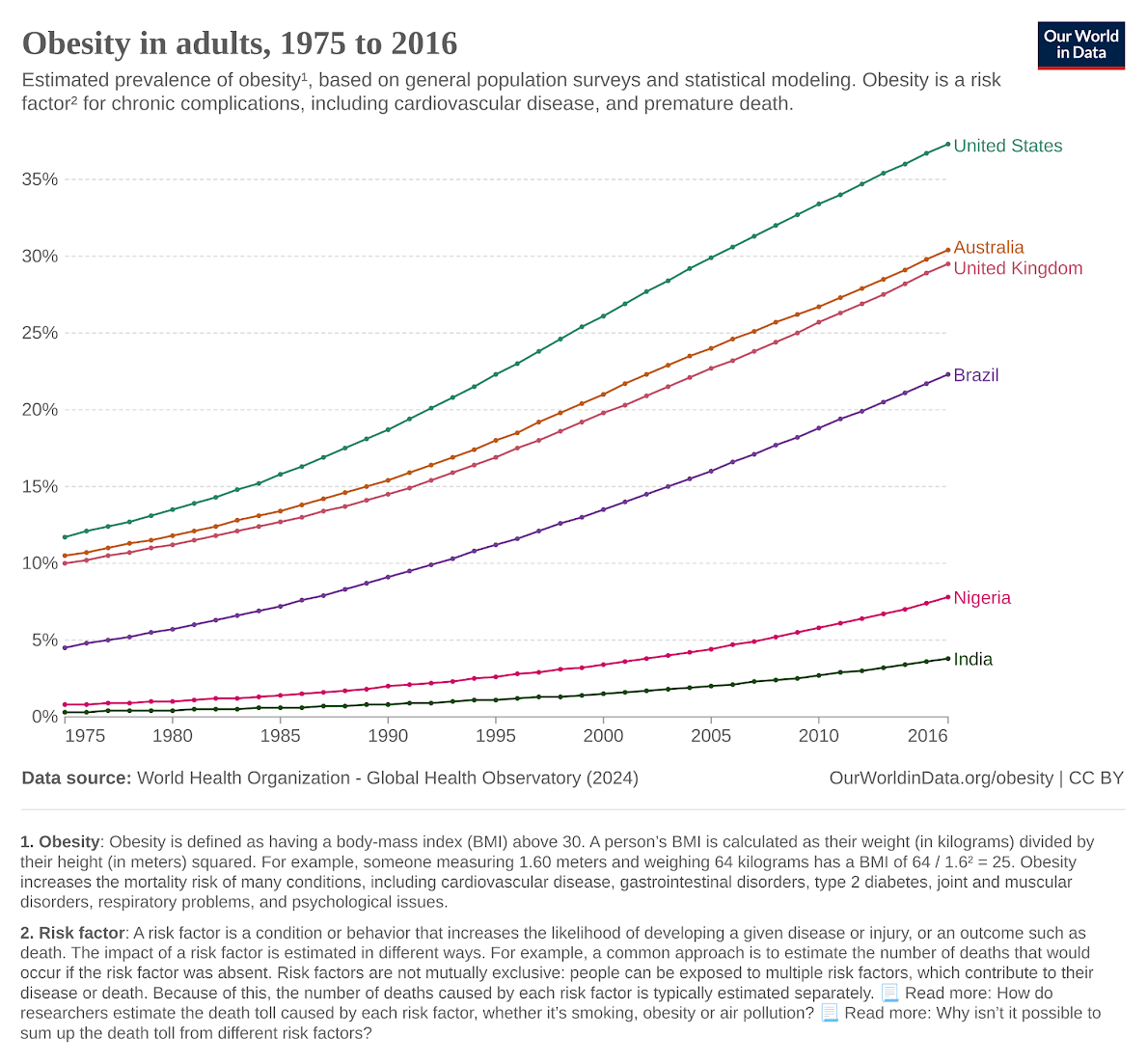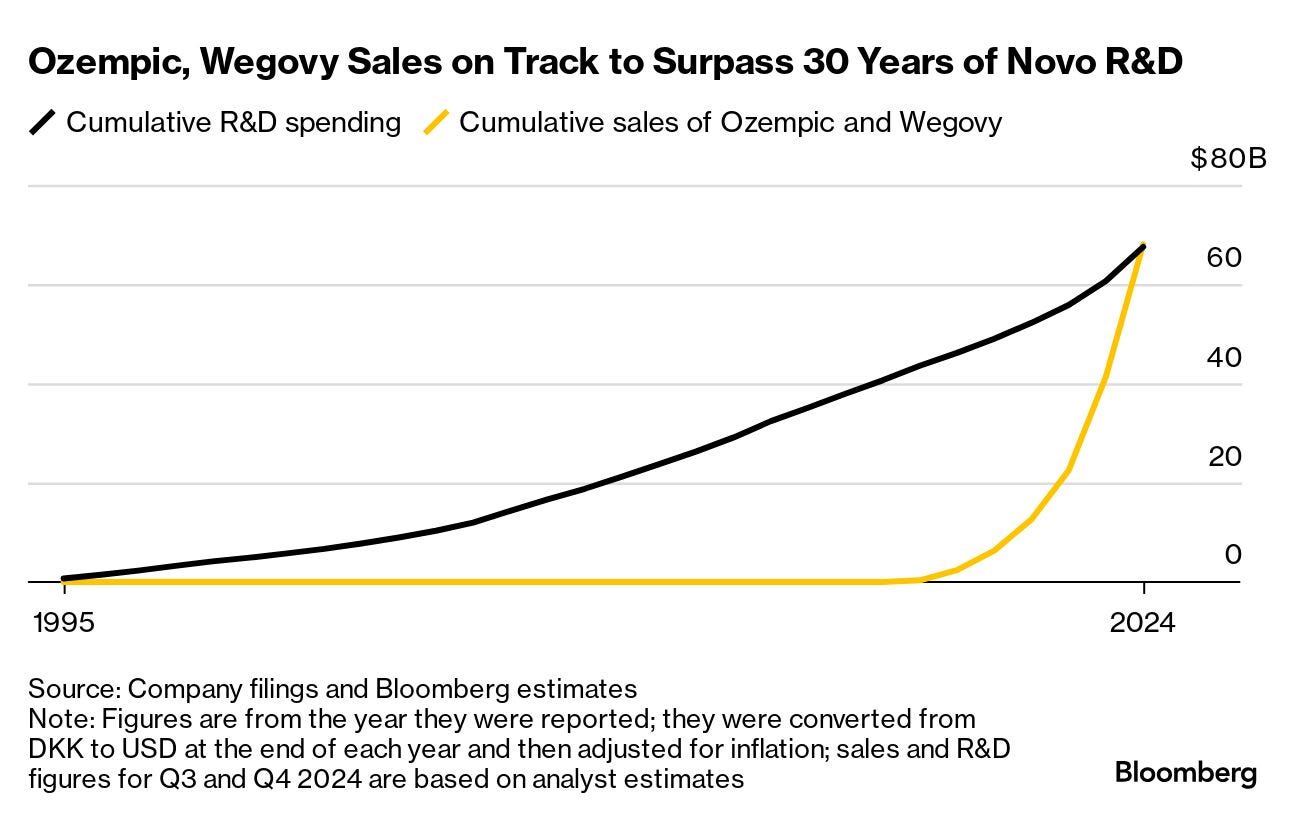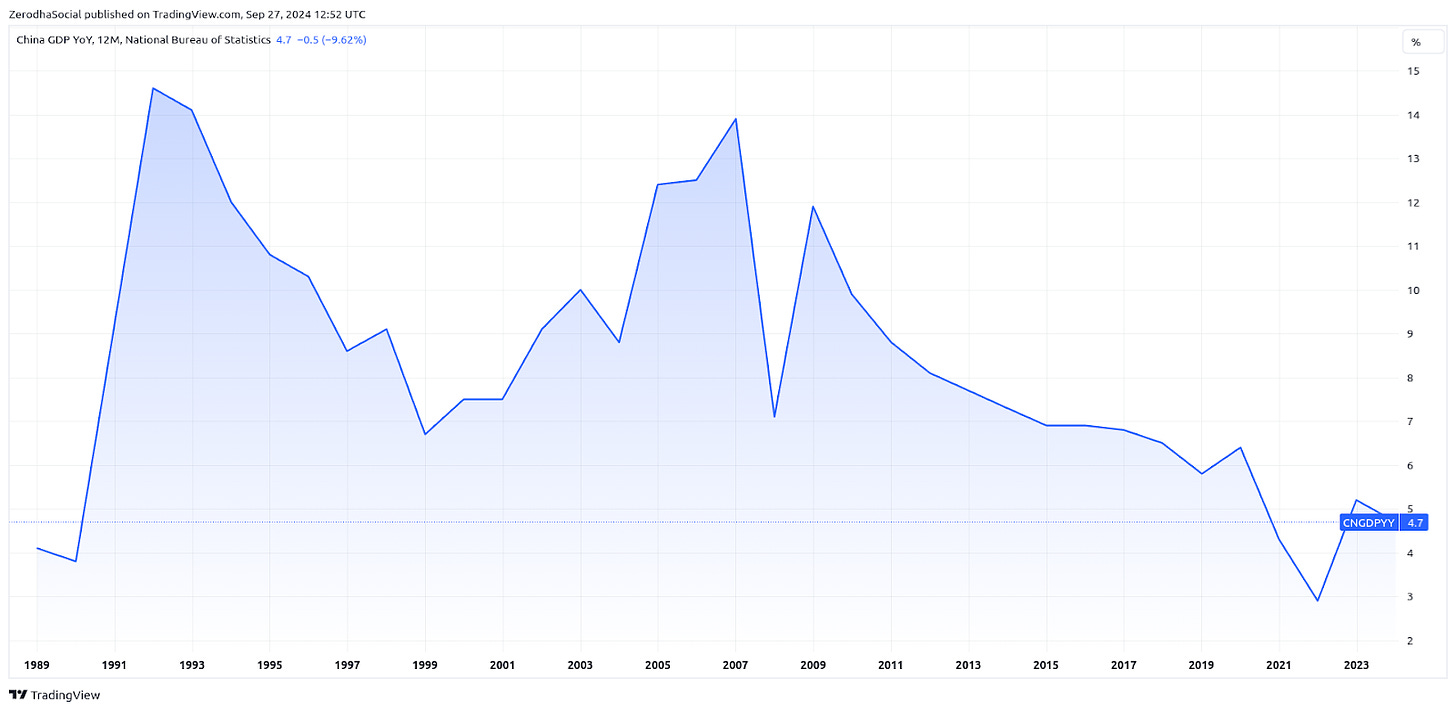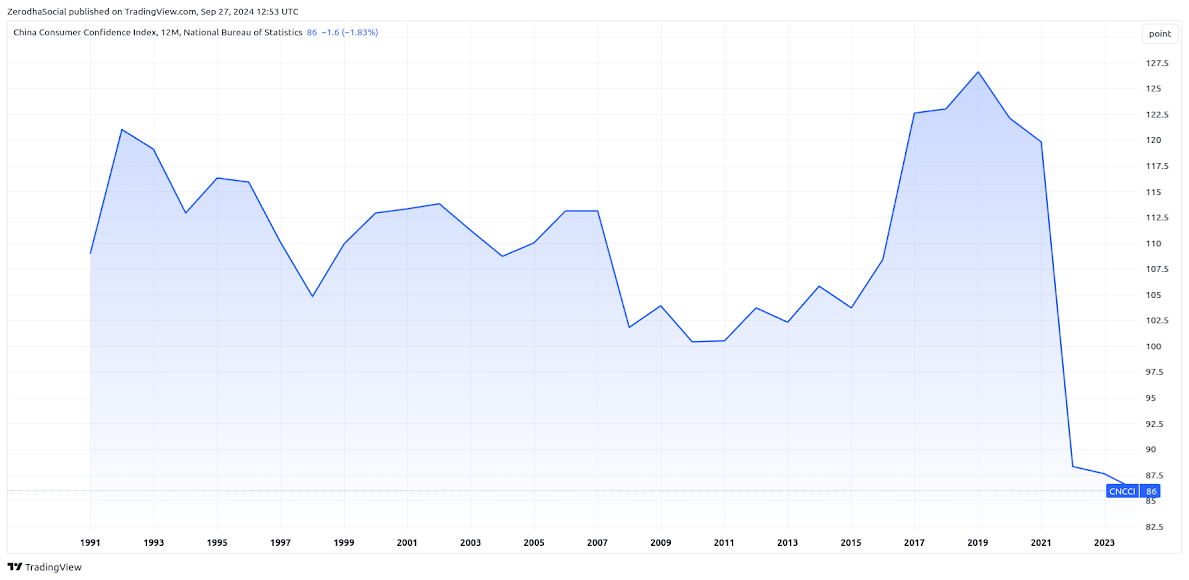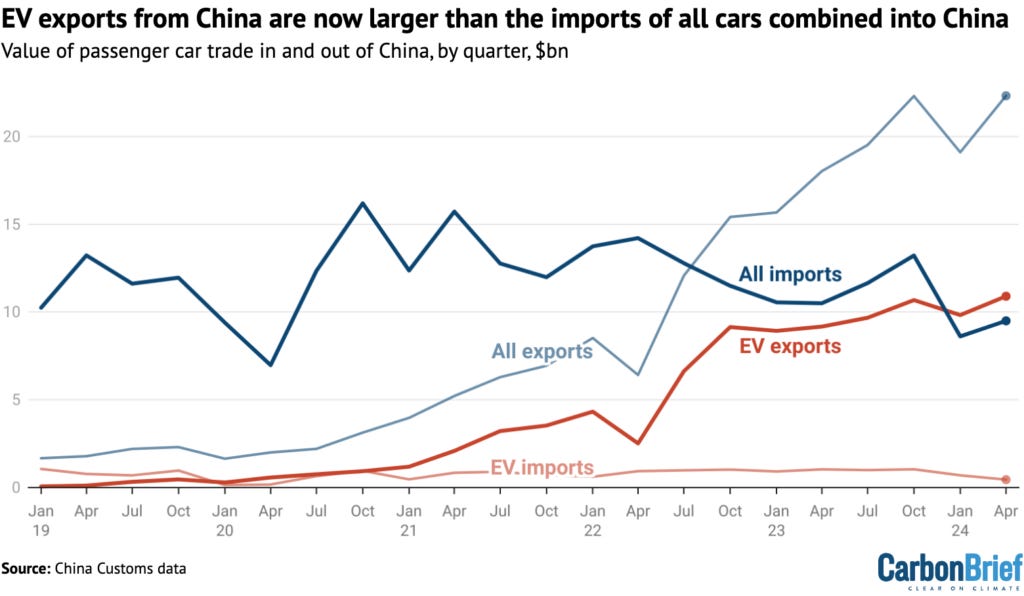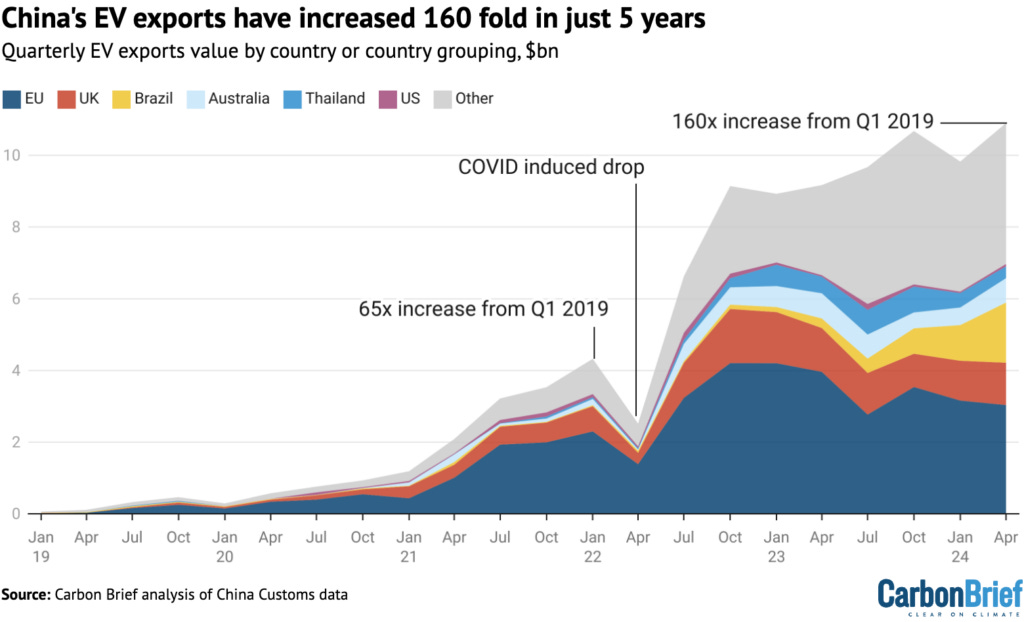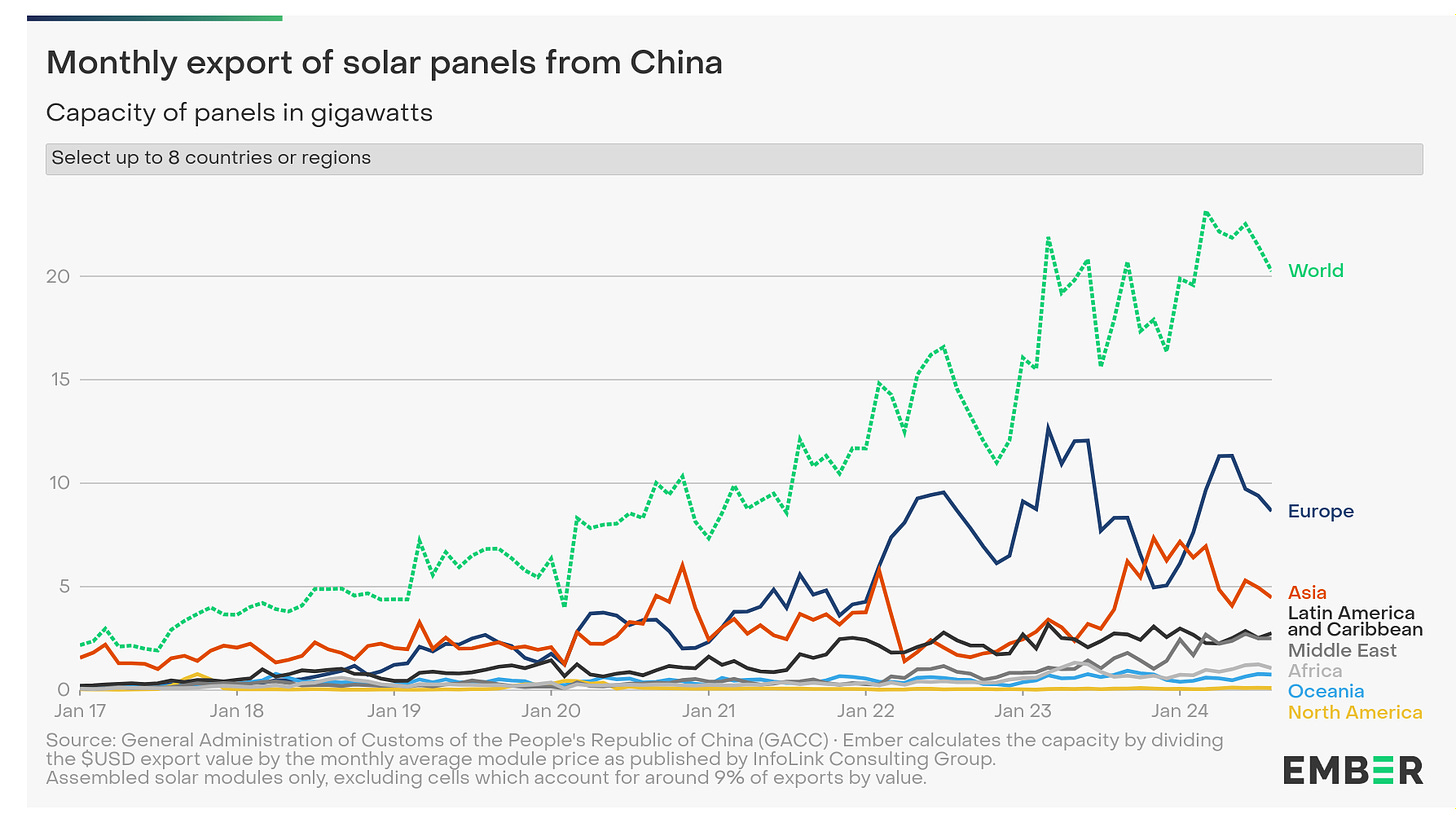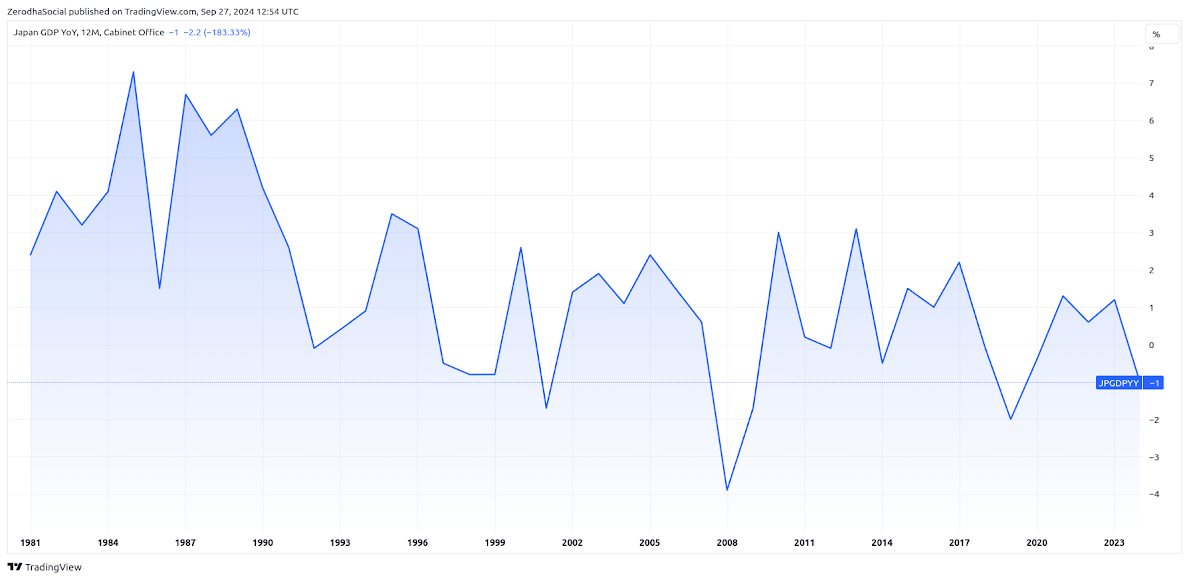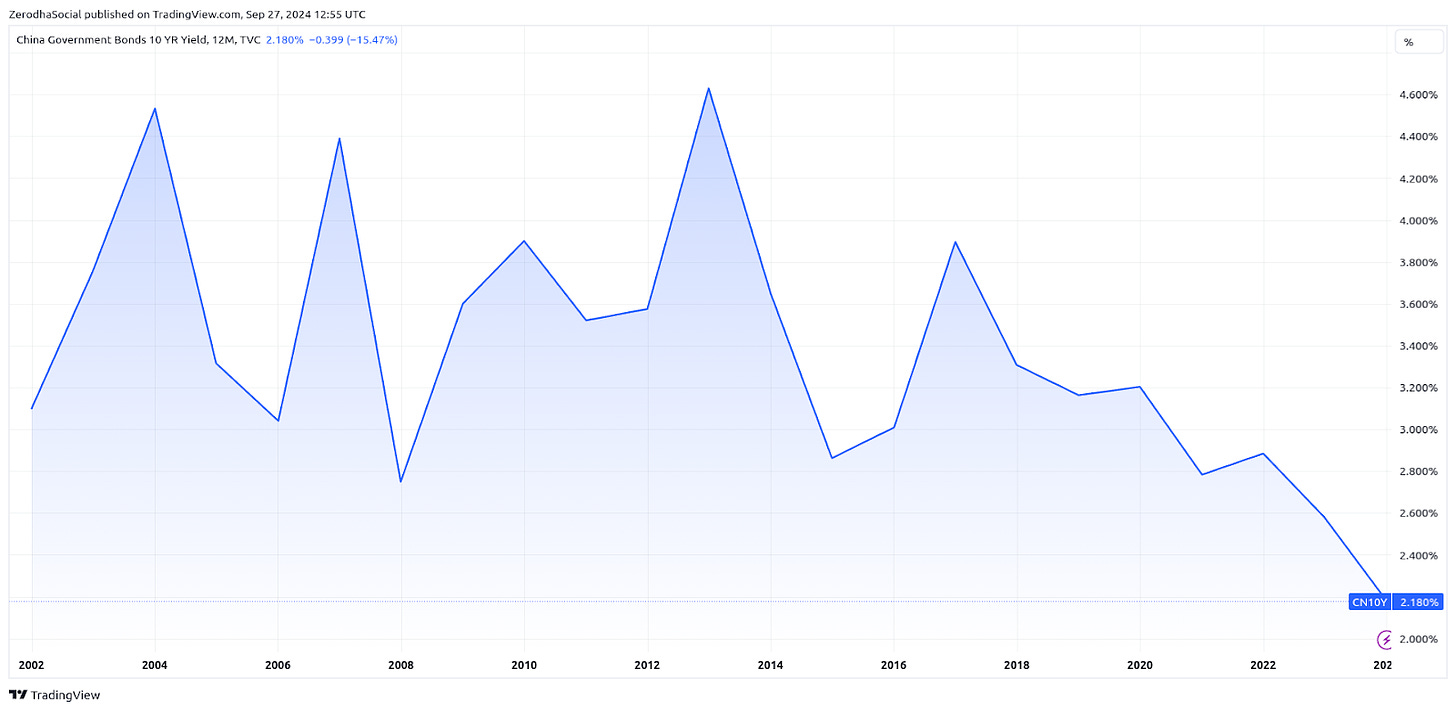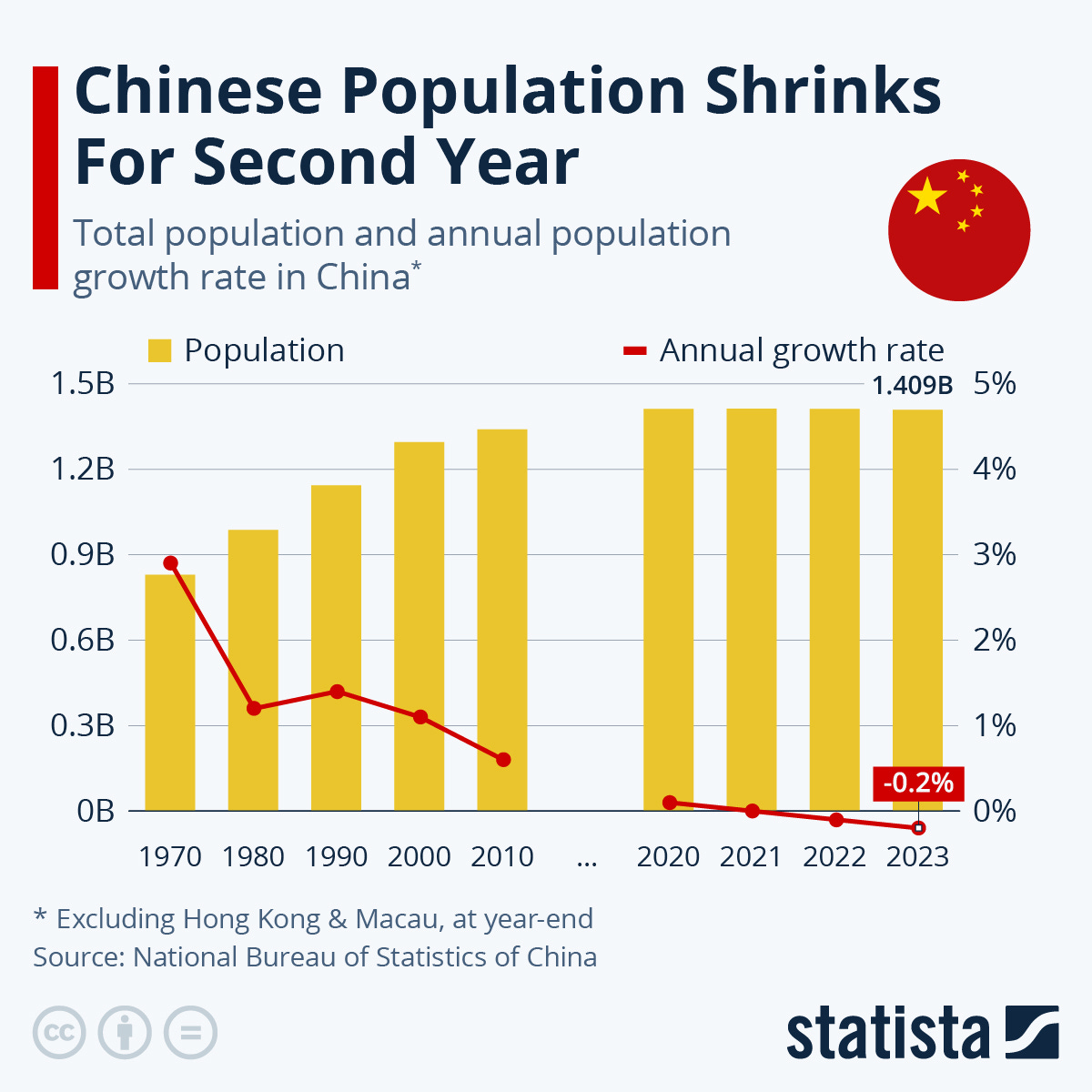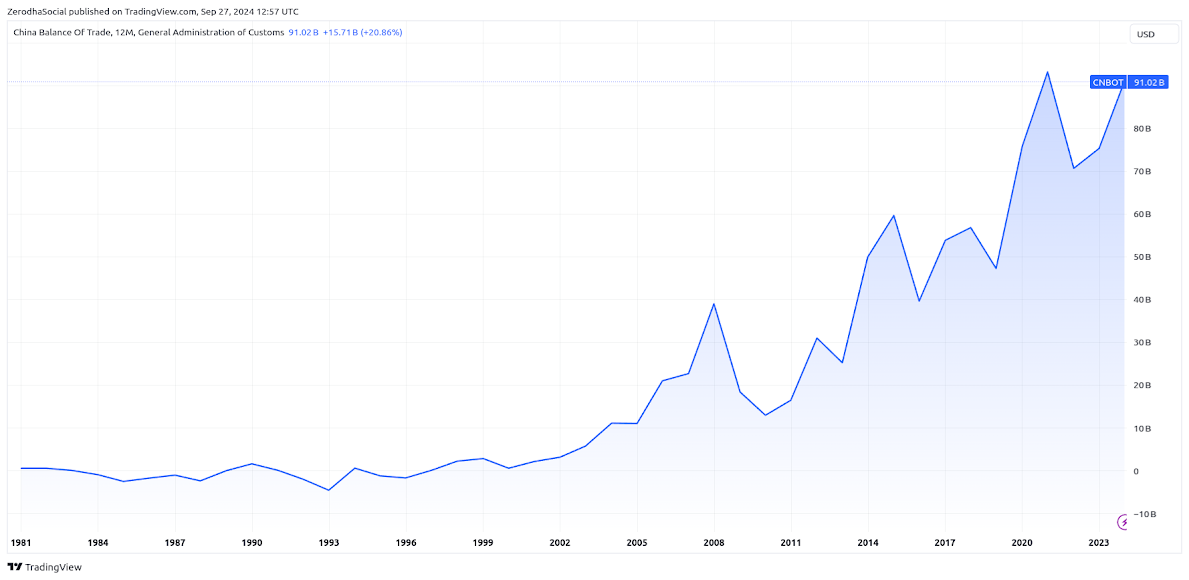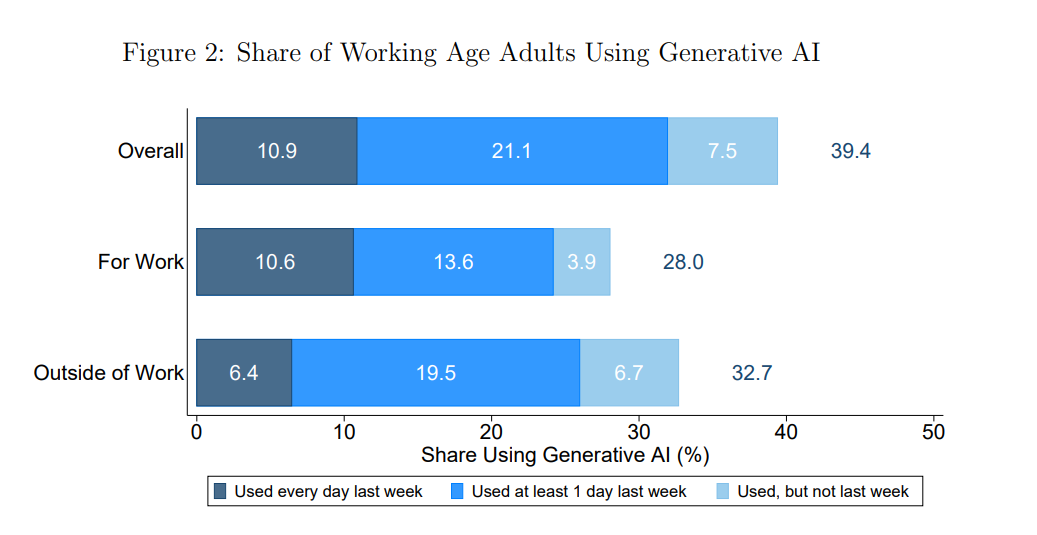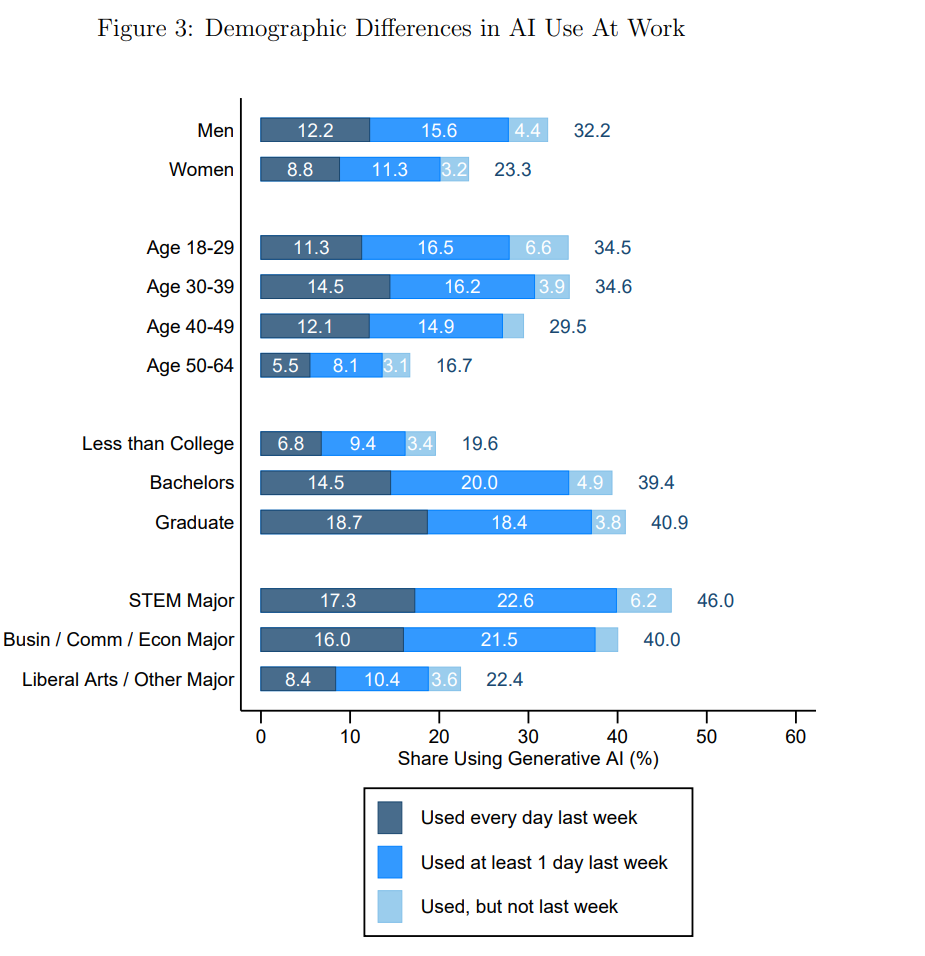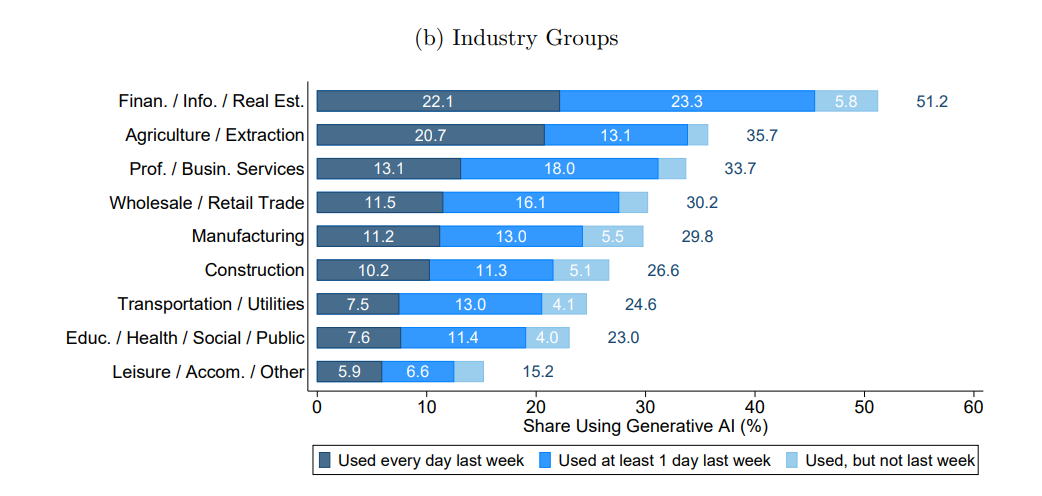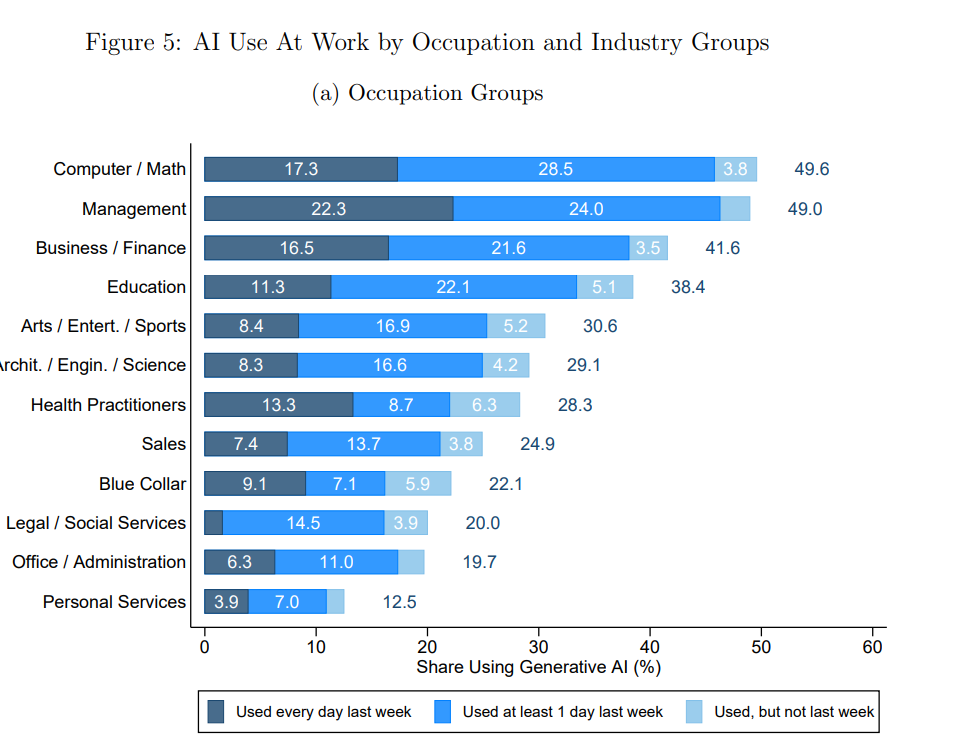Welcome to “Around the World”, a weekly edition where we will simplify the most interesting stories in finance and economics from around the globe.
In the first edition, we will dive into three hot topics: a breakthrough drug that’s set to tackle one of the world’s deadliest diseases, some puzzling moves by the world’s largest economy, and the latest on AI and how it might be coming for your job.
You can listen to the podcast on Spotify, Apple Podcasts, or wherever you get your podcasts and video on YouTube.
A miracle drug
First up, let’s talk about a topic that’s been making waves in both the medical and financial worlds: a new class of weight-loss drugs that’s reshaping not just waistlines but wallets too.
So, what’s all the buzz about these weight-loss drugs, and how do they work? The big names here are Ozempic, Wegovy, and Mounjaro. They belong to a class called GLP-1 receptor agonists, which mimic a hormone in our body that gets released after we eat. Here’s what this hormone does:
- It tells our brain we’re full, curbing appetite.
- It slows down our stomach, so we feel fuller for longer.
- It helps regulate blood sugar by releasing insulin.
But here’s the wild part—the inspiration for these drugs came from an unlikely source: the venom of the Gila monster, a lizard from the southwestern U.S. and Mexico. Scientists discovered that the lizard’s venom had a hormone similar to ours but much longer-lasting, which led to the creation of the first GLP-1 drug, exenatide. This paved the way for the stronger drugs we see today.
Originally, these drugs were meant for treating type 2 diabetes, but doctors noticed patients were losing a lot of weight. This unexpected effect got them approved for weight loss in people dealing with obesity or related health conditions.
Now, why all the fuss about these drugs?
This is because obesity isn’t just a growing problem; it’s an epidemic. Nearly half of Americans are expected to be obese by 2030, and globally, there are more overweight people than those who are undernourished. Obesity isn’t just about looks—it’s tied to heart disease, diabetes, certain cancers, and even hefty healthcare costs.
But these drugs are doing more than just slimming people down; they’re changing behavior in ways no one expected. For example, sales of diet and weight-loss books have dropped significantly, with people leaning more on prescriptions than paperback advice.
What’s even more surprising? People taking these drugs are reporting unexpected side effects. Some have lost their urges to shop impulsively, drink alcohol, or even engage in compulsive habits like nail-biting. Studies back this up—GLP-1 drugs are being tested to curb alcohol, nicotine, and even opioid use, showing promising results.
Beyond addiction, the benefits of these drugs keep expanding. One major study found that semaglutide, one of these drugs, reduced the risk of heart attack, stroke, and death in certain patients, leading the FDA to approve it for reducing cardiovascular risks. It’s also showing positive effects on sleep apnea, kidney disease, liver issues, and there’s ongoing research on its potential to help with fertility problems, Alzheimer’s, and even some cancers.
Of course, no drug is perfect. Common side effects like nausea and diarrhea are reported, and there are concerns about long-term impacts since these drugs are still relatively new.
Economically, the impact of these drugs is huge. While they’re pricey, they could lower overall healthcare costs tied to obesity. In some European countries, the yearly cost of these drugs is already lower than what obesity-related health issues cost.
The ripple effects touch many industries:
- Healthcare: The drugs may cut long-term obesity-related expenses despite their high price tag.
- Publishing: Diet book sales have taken a hit as people seek medical solutions.
- Weight Loss Programs: Companies like WW have seen their market value plunge by over 90%.
- Pharmaceuticals: Analysts predict the obesity drug market could hit $100 billion a year by 2030.
- Workplace Productivity: Better health could mean fewer sick days and more efficiency.
- Insurance: Insurers are debating how and if they should cover these high-cost drugs.
- Food and Beverage: Less eating could impact restaurants and food manufacturers.
And that’s just scratching the surface. Even airlines and car makers might need to rethink seat sizes and weight limits as average body sizes change.
What’s next? Companies are working on even more advanced versions of these drugs, including ones that target multiple hormones or come in oral form instead of injections, making them easier for people to use.
As for the financial side, the companies making these drugs are seeing their profits soar. Novo Nordisk, the maker of Ozempic and Wegovy, is now Europe’s most valuable company. The market is huge, but supply shortages and the high cost of these drugs remain big hurdles. There are also concerns about the long-term costs. These drugs are expensive - often over $1,000 per month - and many insurance plans don’t cover them for weight loss.
Source: Bloomberg
In the end, these weight-loss drugs are more than just a medical innovation—they’re shaking up industries and changing how we think about health and habits. But big questions remain: How will healthcare systems adapt? What are the long-term effects of altering our body’s natural signals? And if obesity becomes treatable with a pill, how does that change the conversation around lifestyle and health? These are questions we’ll be exploring for years.
What’s happening with China’s economy?
When it comes to China, it’s easy to fall into simple yes-or-no thinking—is the economy booming or busting? Is China an unstoppable force or just a paper tiger? But, as usual, the reality is much more complex. Today, we’re exploring the paradoxes that define China’s current economic situation.
Let’s unpack the story of two Chinas that’s leaving experts scratching their heads. On one side, we see a China facing serious economic challenges. On the other, we have a China that’s quickly becoming a leader in cutting-edge tech. How do these two realities coexist? That’s what we’re diving into today.
First, let’s look at the challenges. Consumer confidence is at record lows, and the real estate sector, a key driver of China’s growth, is in the midst of a slow collapse. Youth unemployment got so bad—nearly 20% earlier this year—that the government stopped releasing the data. This isn’t just a rough patch; it’s a crisis of confidence in China’s economic model.
But then, there’s the other side. China is racing ahead in tech, outpacing the West in areas like electric vehicles (EVs). Chinese brands like BYD have surpassed Tesla as the top EV exporters, competing not just on price but also on quality and innovation.
Source: Carbon Brief
In solar panels, China’s dominance is even clearer—they control over 80% of the supply chain. The same goes for advanced battery technology.
So how do we make sense of these two conflicting narratives? To understand, we need to look at China’s economic model and a concept called a “balance sheet recession,” developed by economist Richard Koo.
What is a Balance Sheet Recession?
Koo first noticed this type of recession in Japan during the 1990s, and now, many experts, including Stephen Roach, see similarities in China today. A balance sheet recession happens when a major asset bubble bursts, leaving companies and households with more debt than assets—basically, they owe more than they own.
In a typical economy, when interest rates drop, people and businesses borrow and spend more. But in a balance sheet recession, they do the opposite. Even with low interest rates, they focus on paying down debt rather than spending or investing. Their main goal is fixing their balance sheets, not making profits.
That’s what’s happening in China now. The real estate bubble has left many households and companies in a tough spot, cutting back on spending and investment even as the government tries to boost the economy.
These recessions can create a vicious cycle. As people and companies pull back, overall demand drops, leading to deflation, which makes debts harder to pay off. This further cuts spending and investment. In this scenario, lowering interest rates doesn’t help much because the problem isn’t the cost of borrowing—it’s that no one wants to borrow at all.
That’s why, even as China’s central bank cuts rates, we’re not seeing much of a boost in economic activity. Chinese government bond yields are at super-low levels for a developing country, signaling weak private-sector borrowing.
Comparing China’s challenges to Japan in the 1990s
China’s situation has some striking similarities to Japan in the 1990s. Back then, Japan was seen as an unstoppable economic force, just like China is now. But when Japan’s asset bubble burst, it led to a prolonged recession with companies and households focusing on paying down debt rather than spending or investing.
Stephen Roach points out several parallels:
- Aging population : Japan’s working-age population peaked in 1995, and China’s peaked in 2015. Both countries are dealing with rapidly aging societies.
- Productivity slowdown : Japan saw a decline in productivity growth, much like what China is experiencing now.
- Zombie companies : In Japan, banks kept lending to unprofitable companies to avoid losses. China faces similar issues, especially with state-owned enterprises.
- Policy response : Both Japan and China were slow to recognize and address the severity of their problems.
But there are key differences, too. China’s per capita GDP is still much lower than Japan’s in the 90s, meaning there’s more room for growth. China also has more policy tools available, thanks to its unique economic model.
Koo suggests that in a balance sheet recession, the government needs to step in as the “spender of last resort” to keep the economy afloat. China has used fiscal stimulus, but much of it has gone towards industrial policy and building productive capacity, rather than directly boosting household incomes and consumption.
Now, let’s look at China’s export boom. In the past decade, China’s average annual trade surplus was about $250 billion. But from 2020 to 2024, it jumped to $480 billion a year—nearly double the previous average. As a percentage of GDP, China’s trade surplus has increased slightly but remains below the peak levels of the 2000s.
While these surpluses highlight China’s growing economic might, they also raise questions about global trade imbalances and the sustainability of China’s export-driven model. Plus, China’s massive industrial subsidies—estimated at around $220 billion annually—complicate the picture, leading to intense competition and often overproduction within subsidized industries.
One of the biggest issues China faces is its low consumption share of GDP. In 2022, household consumption made up just 38% of China’s GDP, compared to 68% in the U.S. This reflects China’s investment-heavy, export-driven growth model, and is a major reason why experts like Roach argue that China needs to boost domestic consumption for long-term stability.
While many paint a bleak picture of China’s economic future, some, like Vincent Gave from Gavekal Research, offer a more optimistic view. Gave argues that China’s rapid tech advancements could help it avoid Japan’s fate. He points to China’s leadership in EVs, high-speed rail, digital payments, and renewable energy as signs that the country’s technological progress is driving new productivity gains.
Gave sees China’s export boom not just as a sign of overcapacity, but as evidence of growing competitiveness in high-value industries. While he acknowledges the real estate sector’s problems, he believes China’s focus on innovation could provide new engines of growth.
Finally, we can’t ignore the growing tensions between China and the West, especially the U.S. Experts like Stephen Roach warn that this rivalry could derail economic growth and slow global efforts to tackle climate change. Historian Adam Tooze emphasizes that China’s dominance in green technologies makes it a crucial partner in the fight against climate change, but geopolitical conflicts threaten to undermine this collaboration.
So, we’re left with a China that’s pushing to lead in tech even as its traditional growth engines stall.
The question is: will China learn from Japan’s experience and carve a different path, or will it struggle with prolonged stagnation? Or, as some suggest, could China’s technological advancements allow it to forge a new path altogether?
These questions are not just important for China but for the entire global economy. China’s economic choices will shape the world’s economic landscape, and navigating these challenges will be crucial for policymakers and business leaders in the years to come.
Is AI stealing your job?
Let’s talk about how Artificial intelligence (AI) is creeping into our personal and professional lives.
AI tools like ChatGPT are making headlines daily, promising to revolutionize the way we work—writing emails, analyzing data, and even coding software with just a few prompts. Big consulting firms like Bain and McKinsey predict that the market for AI products and services could reach trillions of dollars. But whether this hype is real is still up for debate.
So, how do we figure out if the AI hype is genuine? One way is to look at how many people are using AI at work and what impact it’s having. Finally, we’ve got some hard data to help answer those questions. Researchers in the U.S. just released the first nationally representative survey on AI use, and the results are eye-opening.
As of August 2024, nearly 40% of American adults have used generative AI in some way. At work, 28% of employed people are using AI tools on the job, and about 1 in 9 workers say they’re using AI daily. Interestingly, AI use is even more common outside of work, with 33% of adults using it in their personal lives, though they use it less intensely than at work.
Who’s Using AI the Most?
The study found some clear patterns:
- Men are more likely to use AI at work than women—32% compared to 23%.
- Younger workers under 40 are adopting AI much faster than those over 50.
- Workers with college degrees are about twice as likely to use AI compared to those without degrees. Among college grads, those with STEM majors lead the pack in AI adoption.
When it comes to job types, AI use is highest in tech and management roles, with about half of workers in those fields using AI. Surprisingly, AI adoption is widespread across industries. Even in traditionally blue-collar fields, over 20% of workers report using AI tools. The finance, insurance, and real estate sector is leading the charge, with a massive 51% adoption rate.
The most common tasks are writing, administrative work, and interpreting or summarizing information. But AI is being used across all kinds of work—from coding to customer service to data analysis.
In terms of specific tools, ChatGPT is the most popular, used by 28.5% of AI users, followed by Google’s Gemini at 16.3%.
AI’s impact on productivity
One of the most intriguing findings is about productivity. The study estimates that current AI adoption could boost overall labor productivity by 0.1% to 0.9%. That might not sound huge, but remember, we’re still in the early days. The study also found that between 0.5% and 3.5% of all work hours in the U.S. are currently assisted by AI.
What’s really striking is how fast AI is being adopted. The researchers compared AI’s growth to earlier transformative technologies like personal computers and the internet, finding that AI is being adopted significantly faster. Just two years after ChatGPT’s release, AI already has higher usage rates than PCs did three years after the first IBM personal computer hit the market. And it’s on par with internet adoption rates in the late ’90s.
Interestingly, there’s a gender flip compared to early PC adoption. While men are more likely to use AI today, women had higher adoption rates for PCs in the early days, likely because of the high number of women in admin roles when PCs were first introduced.
So, what does all this mean for the future of work? It’s clear that AI is quickly becoming a mainstream tool across industries. While the current productivity gains are modest, they could pick up speed as the technology gets better and more widely used.
It’s also worth noting that 27% of workers say their employers actively encourage AI use. As more companies get on board, adoption rates could rise even faster.
But there are some important questions to consider. Will AI widen the gap between college-educated and non-college workers? Between younger and older employees? These are big issues that policymakers and business leaders will need to address.
One thing is certain: AI in the workplace is here to stay, and its impact will only continue to grow. We’ll be keeping a close watch on how this trend evolves.
By the way, we’re running a quick survey, and we’d love to hear from you! Has AI already crept into your life? It’ll only take a few seconds to answer.
That’s it from us today, do let us know your feedback in the comments, and as always, do share this with your friends and make them as smart as you are ![]()
